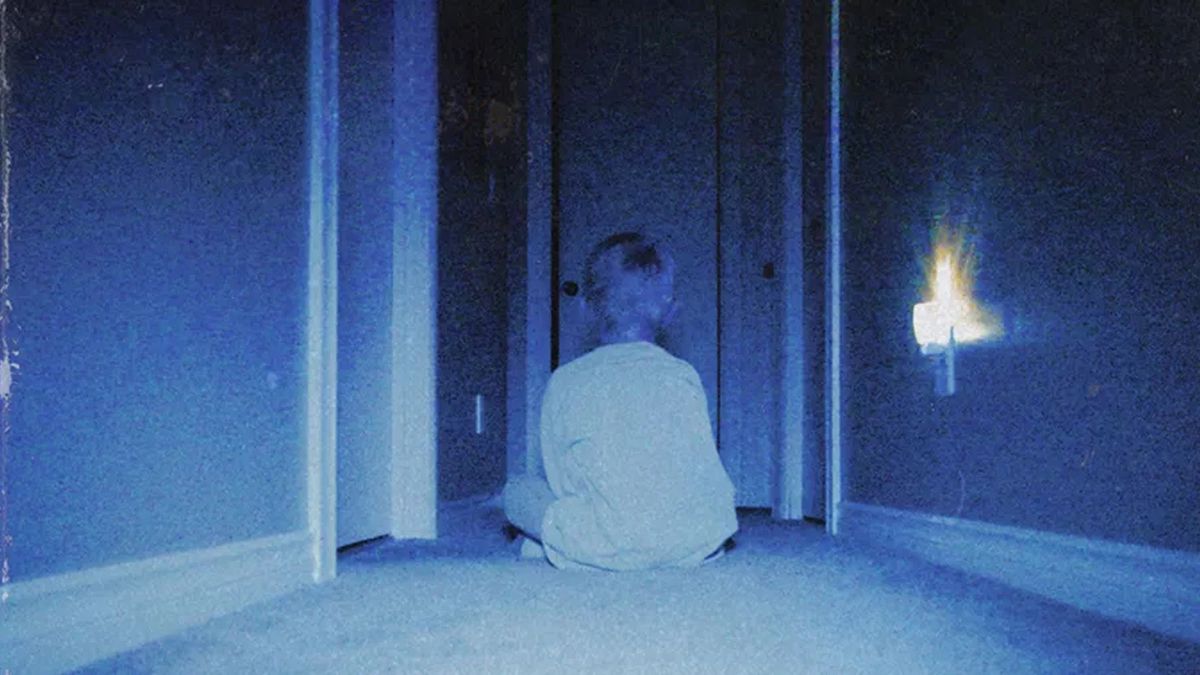By Kevin Pham
Staff Writer
549,928; 560,034; 564,708. These numbers represent the steady incline of the United States growing homeless population. Instead of receiving help, these struggling people are finding themselves doing everything they can to avoid authorities. It is our moral responsibility to care for each other as Americans. We must extend the privileges we are so fortunate to have in this country to the less fortunate. Communities must contribute efforts to establish a shelter for the homeless to get the off them streets and back on their feet.
The National Law Center on Homelessness and Poverty reported that, by the end of 2014, 100 major cities made it illegal to sit and reside on sidewalks and public property.
Areas such as Salt Lake City and Washington D.C., architects are implementing anti-homelessness measures such as ground spikes and restrictive public benches. Honolulu, Hawaii made it illegal for the homeless to reside in certain sit or sleep in certain commerce areas.
Waikiki governor David Ige states, “If you are just enforcing and moving people from location to location you are not really reducing or solving the problem. It’s just making it someone else’s problems.”
Instead of ending the nationwide crisis, these measures just act as band aid solutions that further perpetuate homelessness.
The Atlantic states that our government has attempted to solve homelessness on the federal level numerous times and have failed. It is much more feasible for local communities to solve their own homeless crisis because a solution could be applied on a smaller scale.
County governments oversee any and all social services and public works issues within their boundaries. Funding that goes into convicting the homeless and placing them in a jail should be reallocated into renting them a home.
The Los Angeles Times reports that in many cases in the L.A. county, the homeless population consists of parents who have had their children taken away because they had no money, drug abusers who are struggling with overcoming addiction, and veterans who couldn’t find a home after returning from protecting ours.
“County government[s] has the largest responsibility for homelessness The county is on the supply side; young adults who age out of foster care with no home and no income. Medical patients who are discharged. Inmates leaving jail. Patients leaving mental health clinics. Domestic violence victims who can’t go back home. Young sex trafficking victims who flee from their abusers,” writes L.A. Times reporter Robert Greene.
Every city deals with different issues such as; overinflated rent, drug abuse, veteran homelessness, among many other problems. Homelessness can not be solved with a universal solution. If communities are able to individually decide on how to utilize funding to solve the homeless crisis on a local level, it would increase the country’s chances of solving the pandemonium nationwide.
Los Angeles County Supervisor Janice Hahn partnered with Habitat for Humanity to build 80 new housing units in a Downey lot for veterans, the neighborhood of Harbor Gateway to build 160 homes for the homeless, and is currently proposing to build 90 affordable home units along Long Beach.
The city of Atlanta have been working since 2012 and they finally ended their veteran homelessness crisis in November 2017 by permanently housing over 2,650 veterans. They recognized that their homeless population consist of many subcategories. By tackling each subpopulation, they will slowly but surely, decrease their overall homeless population.
Instead of convicting these struggling people, cities must put their efforts into helping them stay alive. It is time for us to give these temporary homeless residents permanent solutions.
As San Diego Mayor Kevin Faulconer puts it, “This homeless crisis did not start overnight and it will not be solved overnight. This is an unprecedented problem that demands an unprecedented level of cooperation.”

